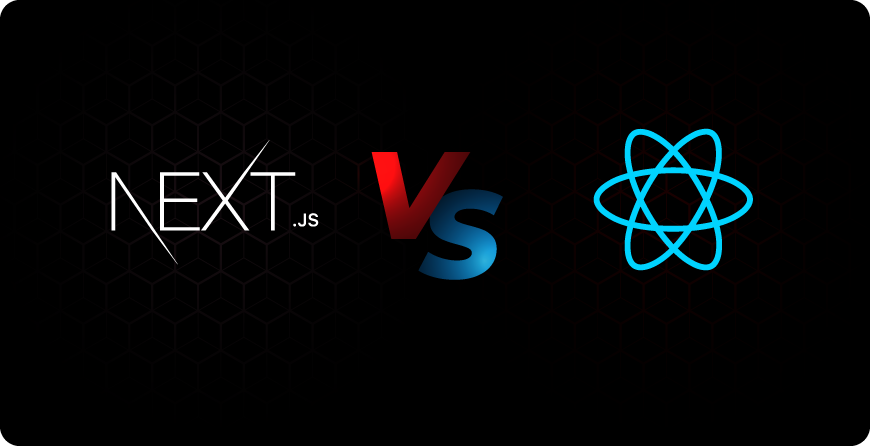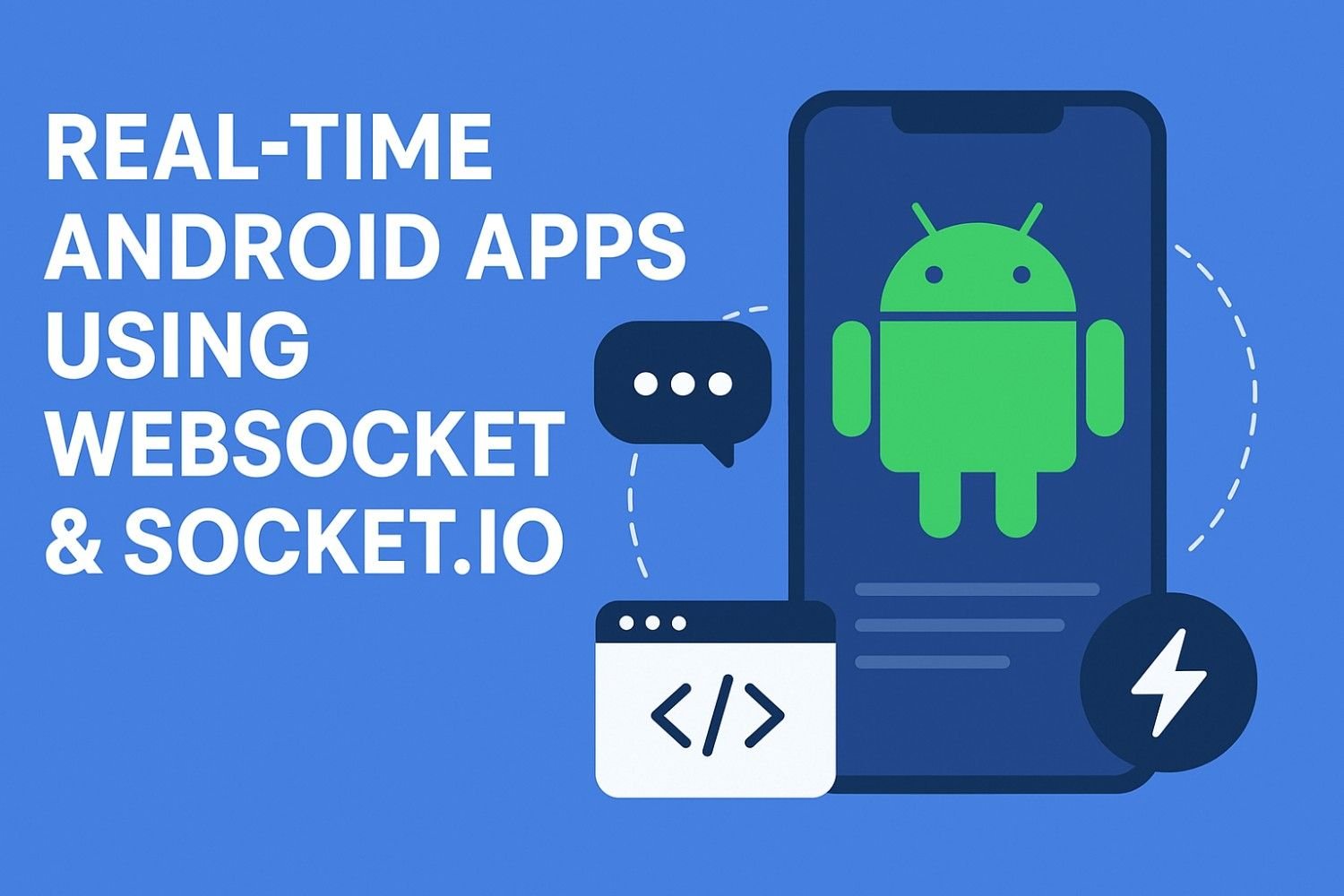In the fast-paced world of web development, choosing the right framework or library is crucial to building scalable, high-performance, and user-friendly applications. ReactJS and NextJS have been two of the most talked-about technologies in recent years, and in 2025, they continue to dominate the front-end development landscape.
Both tools are powerful but serve slightly different purposes. If you’re a business looking for the right technology stack, understanding the differences between ReactJS and NextJS will help you make a smarter decision. Let’s explore both technologies in depth and see which might be the better choice for your project this year.
1. What Is ReactJS?
ReactJS is a JavaScript library developed by Facebook for building interactive user interfaces. It’s widely known for its component-based architecture, which makes UI development faster, reusable, and easier to maintain.
ReactJS is especially popular for single-page applications (SPAs) that require a dynamic, smooth user experience. Many companies invest in reactjs development services to build custom, interactive web apps that can handle large amounts of data without compromising performance.
Key Benefits of ReactJS:
- Virtual DOM for faster rendering
- Reusable components for efficient development
- Huge community and extensive ecosystem
- Easy integration with other tools and libraries
2. What Is NextJS?
NextJS is a React-based framework created by Vercel, designed to make web application development faster and more efficient. While ReactJS focuses on the UI, NextJS adds powerful features like server-side rendering (SSR), static site generation (SSG), and built-in routing.
Many businesses choose to work with a nextjs development company when they want better SEO performance, faster load times, and a more optimized developer experience.
Key Benefits of NextJS:
- Server-side rendering for improved SEO
- Automatic code splitting and optimization
- File-based routing system
- Built-in API routes for backend logic
- Static and dynamic site generation options
3. ReactJS vs NextJS: Key Differences
While ReactJS and NextJS are closely related, the main differences lie in scope and capabilities.
| Feature | ReactJS | NextJS |
|---|---|---|
| Type | JavaScript Library | React Framework |
| Rendering | Client-side rendering (CSR) | CSR, SSR, SSG |
| Routing | Needs third-party libraries (React Router) | Built-in file-based routing |
| SEO Optimization | Limited (CSR only) | Excellent (SSR and SSG) |
| Performance | Good, depends on optimization | Better performance out-of-the-box |
| Learning Curve | Easy to learn | Slightly steeper, but well-documented |
| Use Case | SPAs, dashboards, dynamic UIs | SEO-friendly sites, e-commerce, high-performance apps |
4. Performance in 2025
In 2025, performance remains a critical factor for user retention and SEO. ReactJS still provides excellent performance for SPAs, especially when combined with optimization techniques like code splitting and lazy loading.
However, NextJS takes performance a step further by offering server-side rendering and static site generation, which significantly reduce initial load times and improve Core Web Vitals—an important metric for Google rankings. This is one reason many companies opt for a nextjs development company when targeting high-performance web solutions.
5. SEO Capabilities
If SEO is a priority, NextJS clearly has the advantage. ReactJS renders content on the client side, meaning search engines might not always index it effectively unless you use SSR tools. NextJS, on the other hand, has built-in SSR and SSG, which serve pre-rendered HTML to search engines, ensuring better crawlability.
For businesses that depend heavily on organic traffic—such as e-commerce platforms or content-heavy websites—NextJS is often the better choice.
6. Developer Experience
ReactJS offers flexibility, giving developers the freedom to choose their own tools, state management libraries, and routing solutions. This is great for experienced teams who want complete control over their tech stack.
NextJS, while slightly more opinionated, provides an all-in-one solution with less setup time. It comes with built-in routing, image optimization, API routes, and more—making it faster to get a project off the ground.
7. Cost and Time-to-Market
If you’re working on a smaller project or MVP, reactjs development services can be more cost-effective, as the setup is minimal and developers are widely available.
For larger, SEO-driven projects, a nextjs development company can help you save time by using its built-in features, reducing the need for multiple third-party tools, and speeding up deployment.
8. When to Choose ReactJS
ReactJS is an excellent choice if:
- You’re building a single-page application with dynamic UI updates
- SEO is not a major concern
- You want flexibility in choosing your tools and architecture
- Your project relies heavily on client-side interactivity
9. When to Choose NextJS
NextJS is a better choice if:
- SEO is critical to your project’s success
- You want faster page loads and better Core Web Vitals
- Your website needs both static and dynamic content rendering
- You prefer built-in features like routing and API endpoints
10. The Future of ReactJS and NextJS in 2025
In 2025, both ReactJS and NextJS are evolving rapidly. React 19 is focusing on better developer experience and improved performance, while NextJS is expanding its hybrid rendering capabilities and introducing AI-assisted tooling.
ReactJS will remain the go-to choice for highly interactive web apps and dashboards, while NextJS will dominate in areas where SEO and speed are top priorities.
Conclusion
ReactJS and NextJS are both outstanding technologies, but they cater to slightly different needs. If your project prioritizes dynamic UIs and flexibility, reactjs development services will serve you well. If SEO, speed, and performance are your top goals, partnering with a skilled nextjs development company can give your project the competitive edge it needs in 2025.
Ultimately, the choice depends on your business objectives, audience, and long-term growth plans. By understanding each technology’s strengths, you can ensure that your backend and frontend work seamlessly to deliver exceptional user experiences.
















Leave a Reply